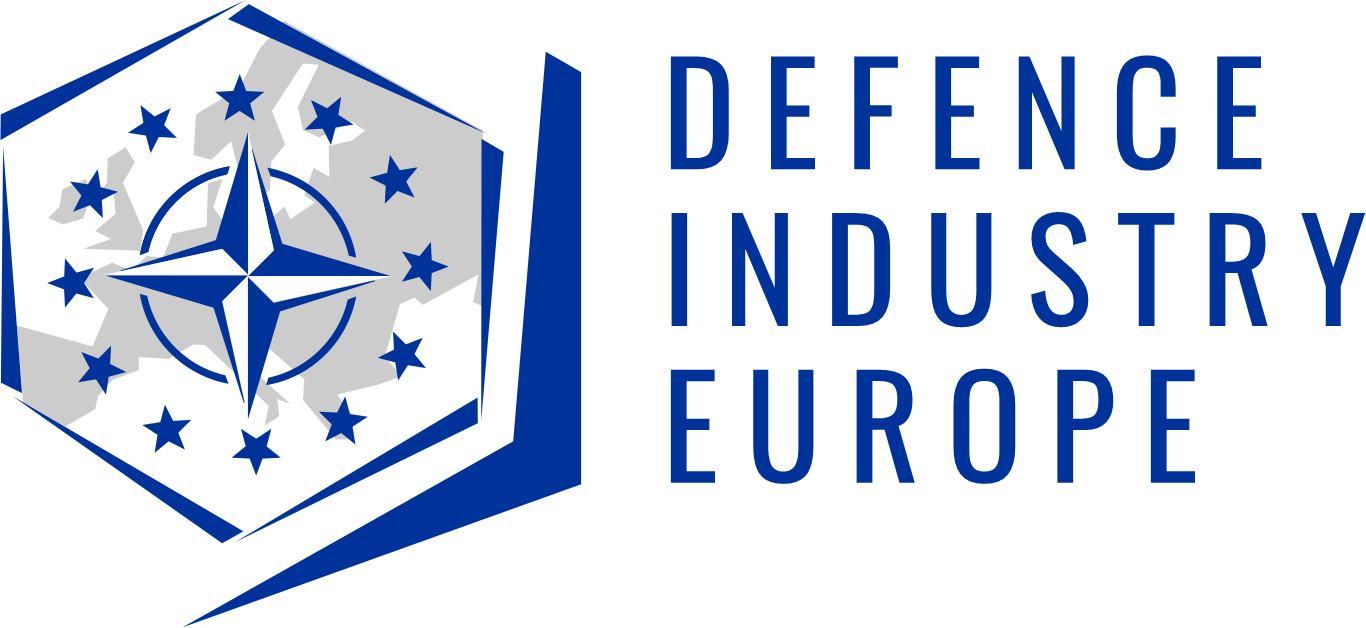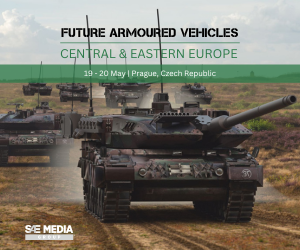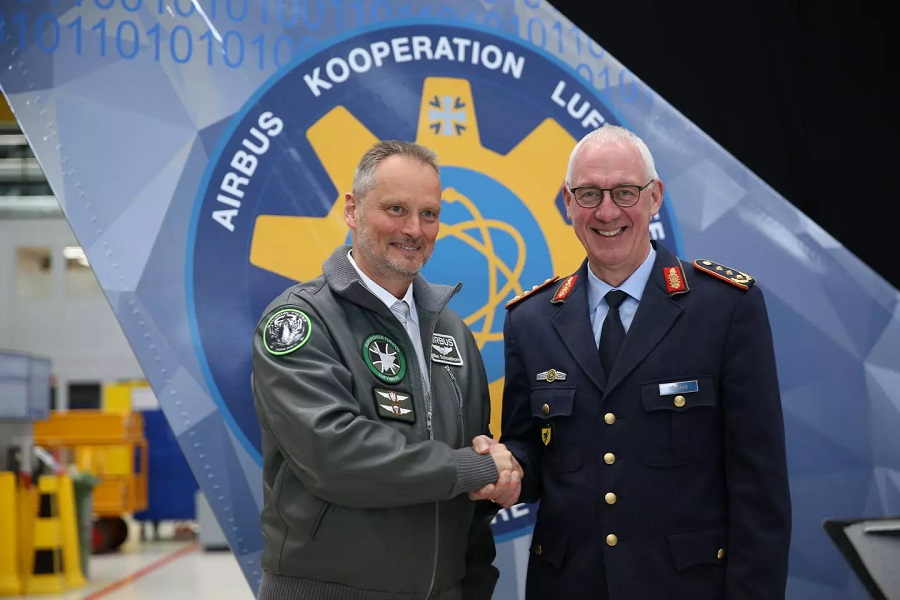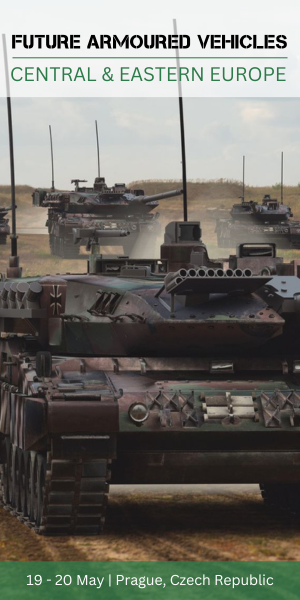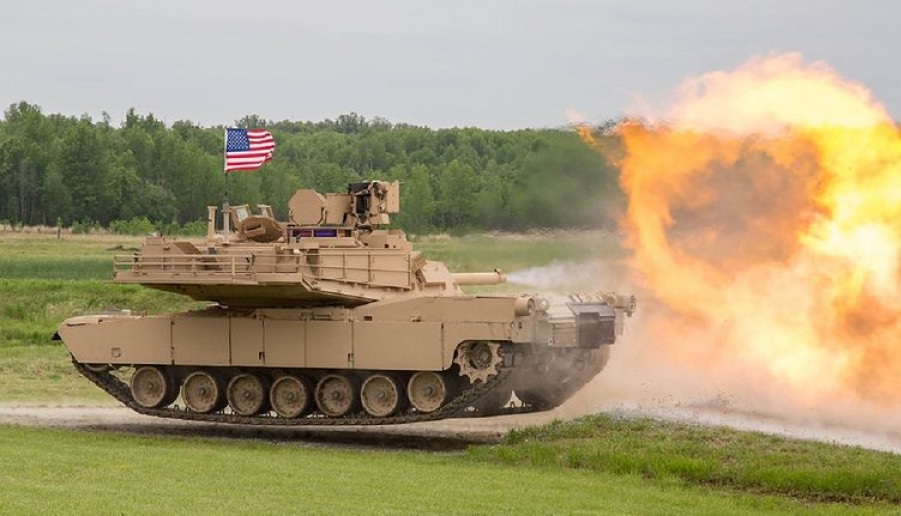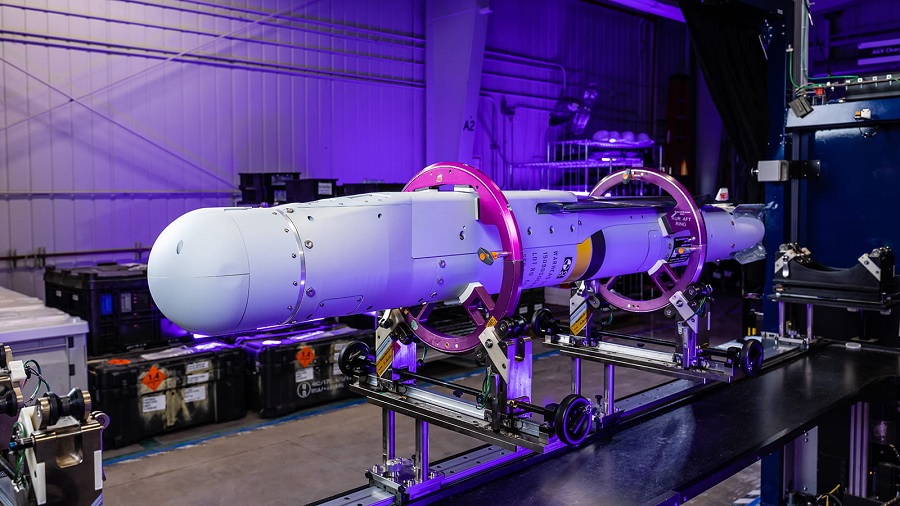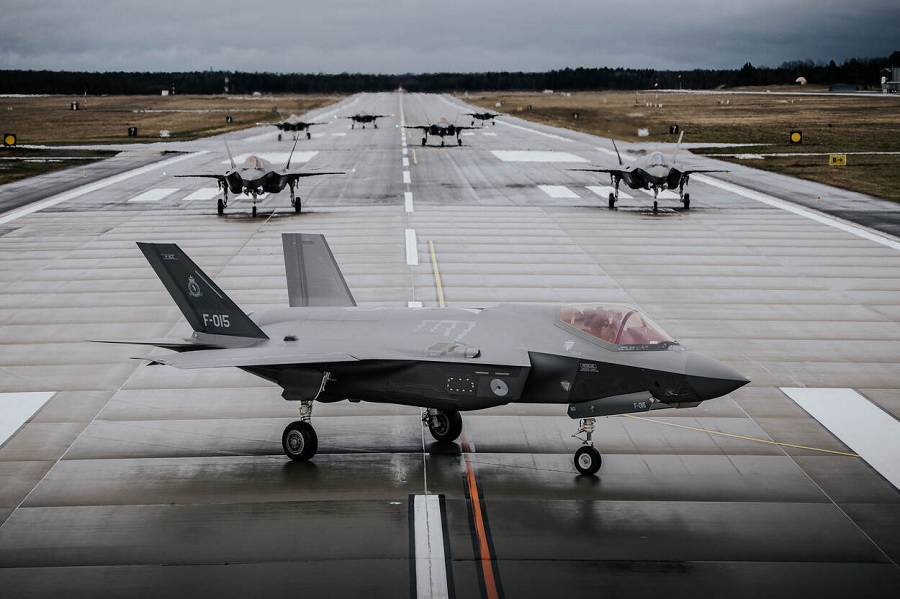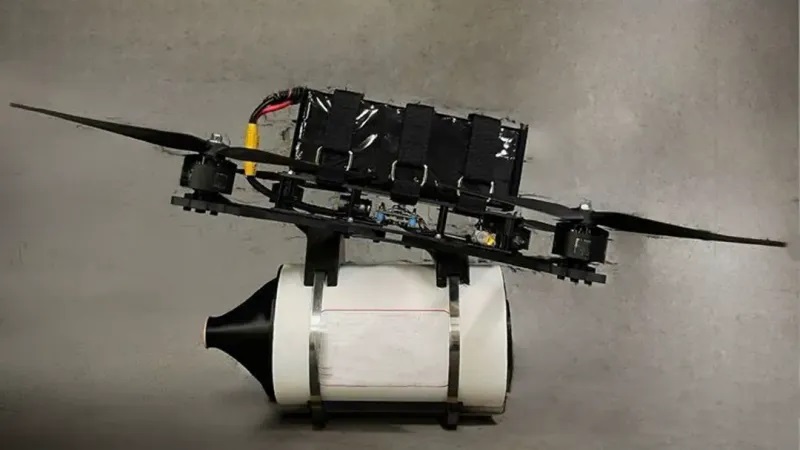Modern naval forces rely on accurate radar and ESM systems for situational awareness, effective targeting, and threat detection. As electronic warfare threats grow increasingly complex, defence organisations require sophisticated, high-fidelity test environments capable of replicating real-world scenarios with dynamic multi-emitter signals and advanced threat modelling.
Keysight’s solutions are designed to meet these demands, enabling NATO FORACS to rigorously assess and optimise radar and ESM system performance across member nations. The contract includes next-generation Radar Target Generators and EW threat simulators, ensuring enhanced accuracy verification and performance testing within complex electromagnetic environments.
The Radar Target Generator incorporates commercial-off-the-shelf Keysight components, featuring customised firmware and a graphical user interface developed entirely in Europe to meet NATO’s specific requirements. Key system attributes include high-fidelity radar target generation, sophisticated EW threat simulation, an open-architecture design for future upgrades, and modular, deployable configurations for flexible testing across NATO sites.
The NATO FORACS Office at NATO Headquarters in Brussels commented: “The NATO FORACS Office is pleased to note the placement of this contract which will supply important equipment to restore NATO FORACS’ core radar and ESM testing capabilities in order to meet its users’ evolving demands.” Thierry Locquette, EMEA Vice President and General Manager at Keysight, stated: “NATO’s ability to verify and enhance the accuracy of its radar and ESM systems is critical to mission success in today’s contested electromagnetic spectrum environment.”
Locquette added: “Keysight is proud to provide the cutting-edge solutions necessary to enable NATO FORACS to maintain the highest levels of sensor performance, ensuring operational superiority across allied forces. Our Radar Target Generator solution was developed in Europe, working closely with our local R&D and solution centres as well as with European technology partners to provide a highly realistic, flexible, and future-ready test capability for NATO’s evolving defence needs.”

